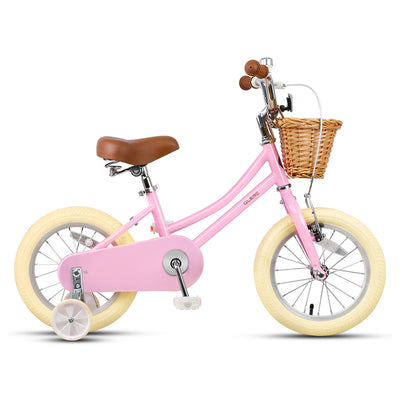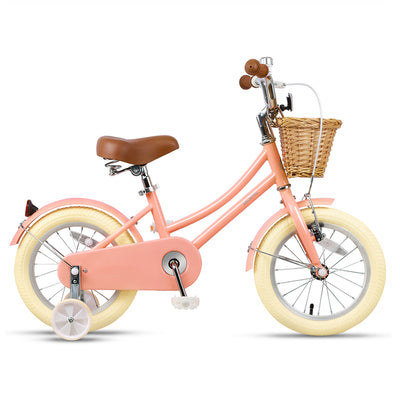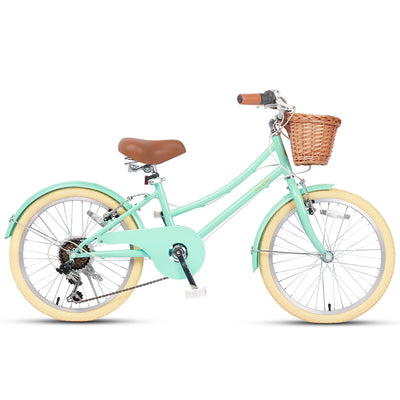Children don’t always use words to express how they feel — sometimes, their bikes do the talking. Every wobble, brake, and effortful pedal tells a story, revealing their thoughts and little emotions along the ride.💭

🤗Understanding these 10 silent signals can help parents better connect with their kids and support them more effectively on their biking adventures.
• The Hesitant Start — Feeling Nervous or Unsure
If your child delays starting or looks around nervously, they might be feeling unsure. This silent signal calls for extra encouragement and reassurance.
• Tight Grip on the Handlebars — Fear or Low Confidence
A tight grip on the handlebars often shows your child is feeling scared or unsure. Using calm, reassuring words can help them relax and gain confidence.
• Frequent Stops — Tired or Losing Heart
Frequent stops often mean your child is feeling worn out or a bit frustrated. A little rest or a playful biking challenge can help them get back on track.
• Smiling and Laughing — Full of Joy and Feeling Sure
Joyful expressions mean your child feels comfortable and confident. Celebrate these moments to boost motivation.
• Looking Back Often — Seeking Approval or Safety Check
When your child keeps looking back, they’re seeking comfort or approval. Encourage them with kind words and stay close.

• Leaning Too Much — Exploring Balance & Feeling Unsteady
When your child leans to one side, it’s usually them experimenting with balance or struggling a little. Balance games can make practice fun and effective.
• Speeding Up Suddenly — Thrill or Overconfidence
A sudden burst of speed might mean your child feels excited but could be overestimating their ability. Gently remind them about safety.
• Avoiding Certain Paths — Fear or Unease
If your child avoids bumps or rough patches, it usually means they’re feeling nervous or unsure of their skills. Gradually practicing these areas can help build confidence.
• Talking to the Bike — Imaginative Play and Bonding
Some kids talk or name their bikes, showing emotional connection and creativity. Encouraging this helps your child have more fun and feel good while riding.
• Trying New Tricks — Pushing Boundaries & Confidence
Attempting wheelies or sharp turns means your child is pushing boundaries, developing skills and independence. Support their learning in a safe and fun way.
👉Why These Signals Matter?

Paying attention to your child’s silent biking signals helps you understand their needs, making learning smoother and more fun. It’s also a wonderful way to strengthen your bond as you enjoy this special adventure together.
📌Tips to Support Your Little Rider
-
Observe carefully and talk about what you notice.
-
Encourage open communication about feelings and fears.
-
Create a safe and supportive biking environment.
-
Celebrate progress and learn from challenges together.
📝 Conclusion
A child’s bike is more than a toy — it’s a companion in their little adventures. By noticing their quiet signals, you can help them ride with joy, confidence, and safety, making every ride a shared journey.
































